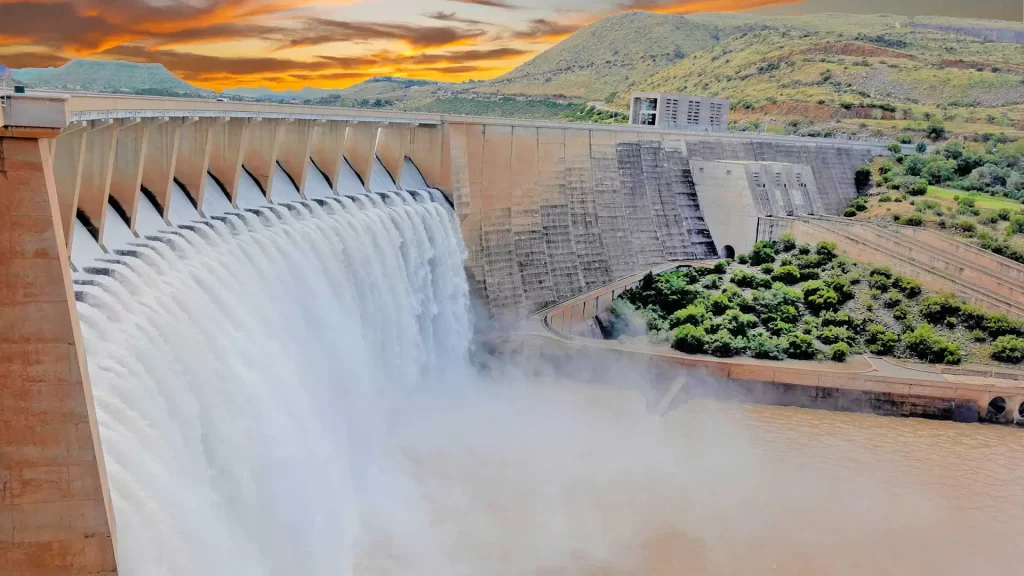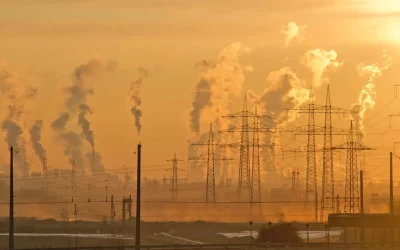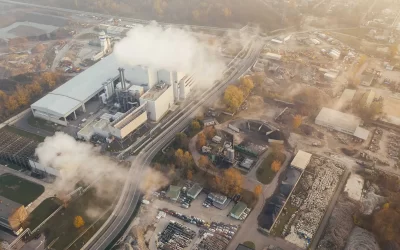Dam power is a renewable energy source that helps reduce carbon dioxide emissions. Dams produce electricity without the need to use fossil fuels, which avoids the emission of greenhouse gases such as carbon dioxide.
Dam power is a clean energy source, which makes it an attractive option for electricity generation. Dams can also help regulate the supply of electricity, which can help reduce dependence on fossil fuels.
Energy from dams is already playing an important role in reducing carbon dioxide emissions. In 2020, hydropower accounted for around 7% of global electricity production and prevented the emission of more than 3 million tons of carbon dioxide into the atmosphere.
The potential of dam power to reduce carbon dioxide emissions is significant. It is estimated that hydroelectric power could generate up to 20% of global electricity by 2050, which would avoid the emission of up to 10 million tons of carbon dioxide.
However, energy from dams also presents some challenges. The construction of dams can have a significant environmental impact, including the flooding of land, the loss of habitat and the alteration of water flow patterns. It is important to develop and implement sustainable dam construction practices to minimize these impacts.
Overall, dam power is a renewable energy source with the potential to significantly reduce carbon dioxide emissions. However, it is important to develop and implement sustainable dam construction practices to minimize the associated environmental impacts.
MTVD with extensive experience in the market, offers a comprehensive range of expertise, consultancy and external technical assistance services in the repair, improvement and maintenance of electrical machinery:
- Engines;
- Generators;
- Alternators;
- Transformers;
Talk to us.




